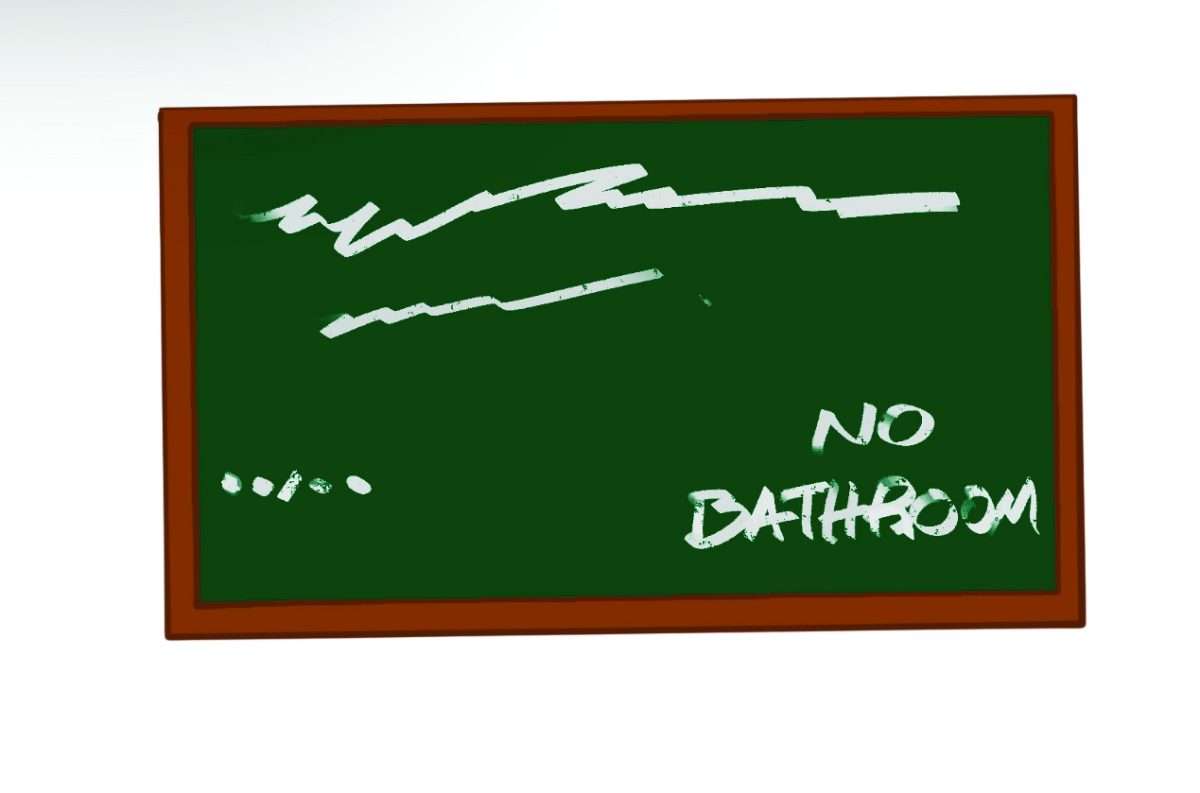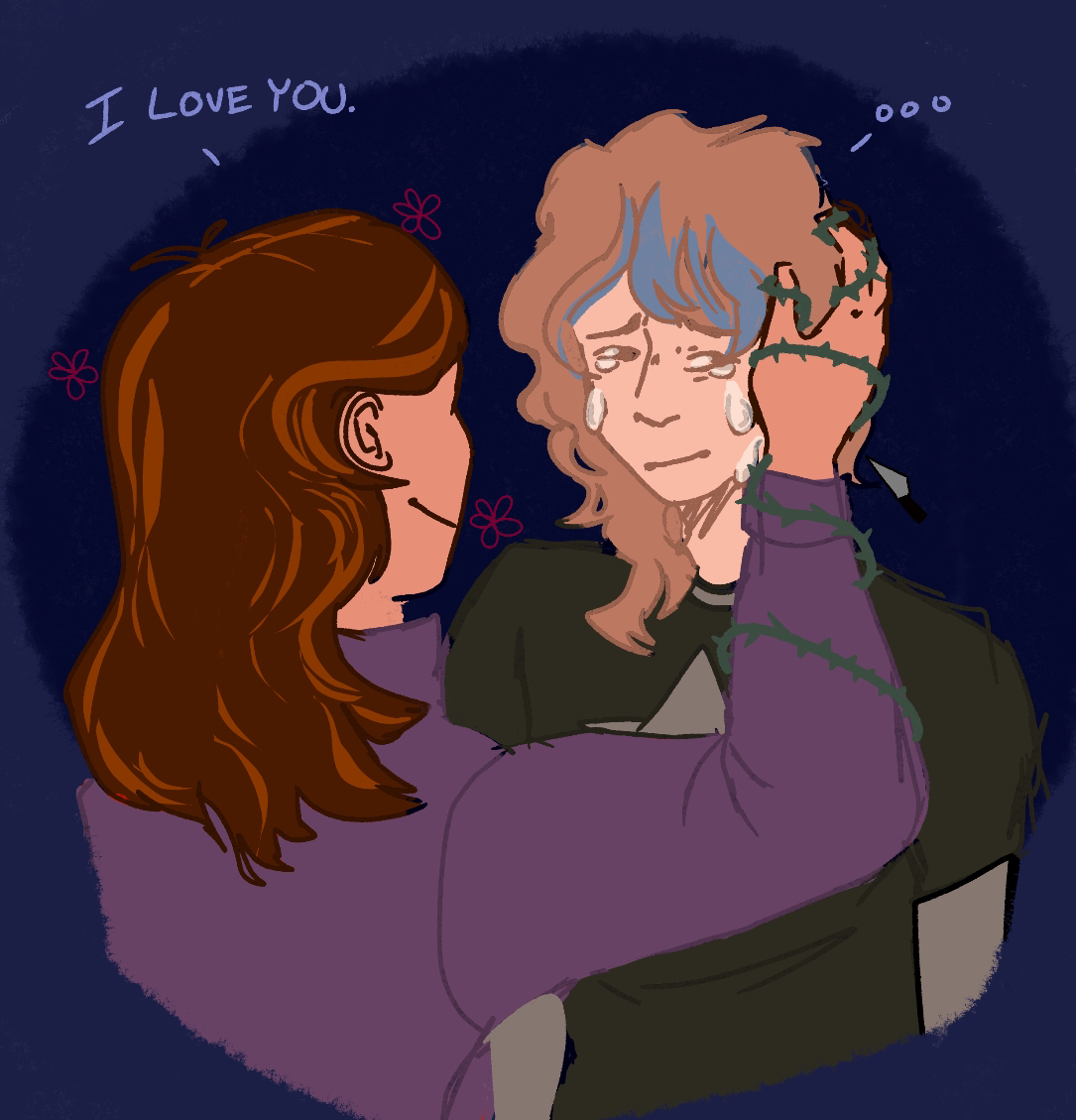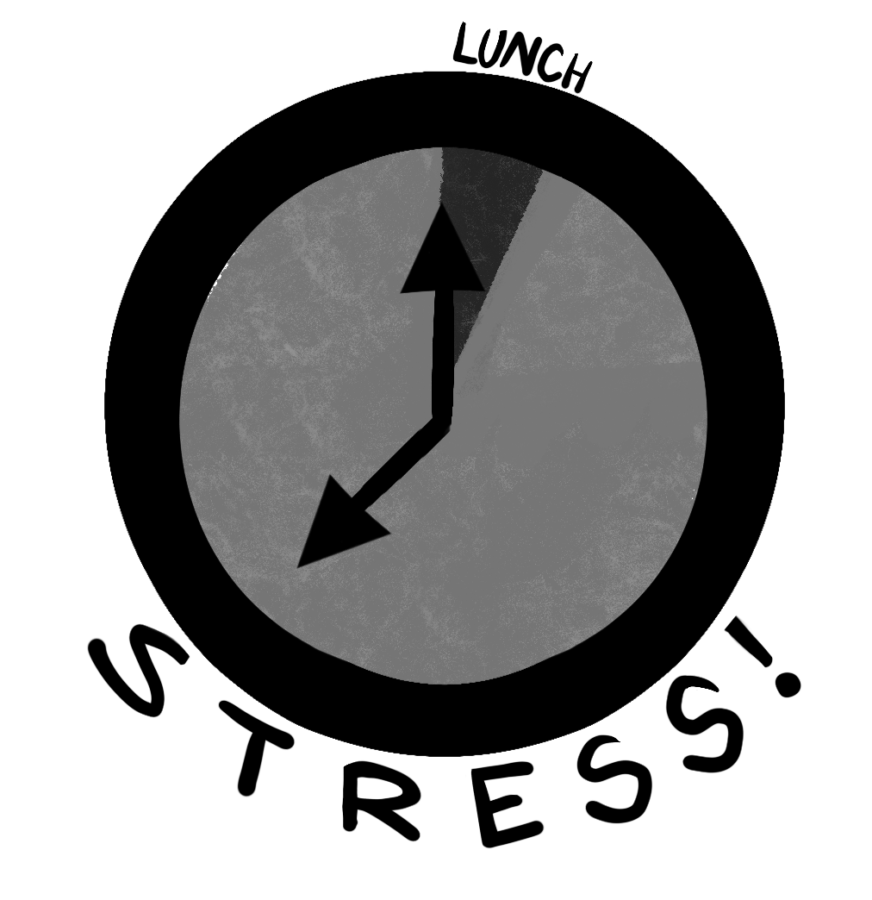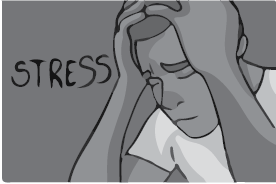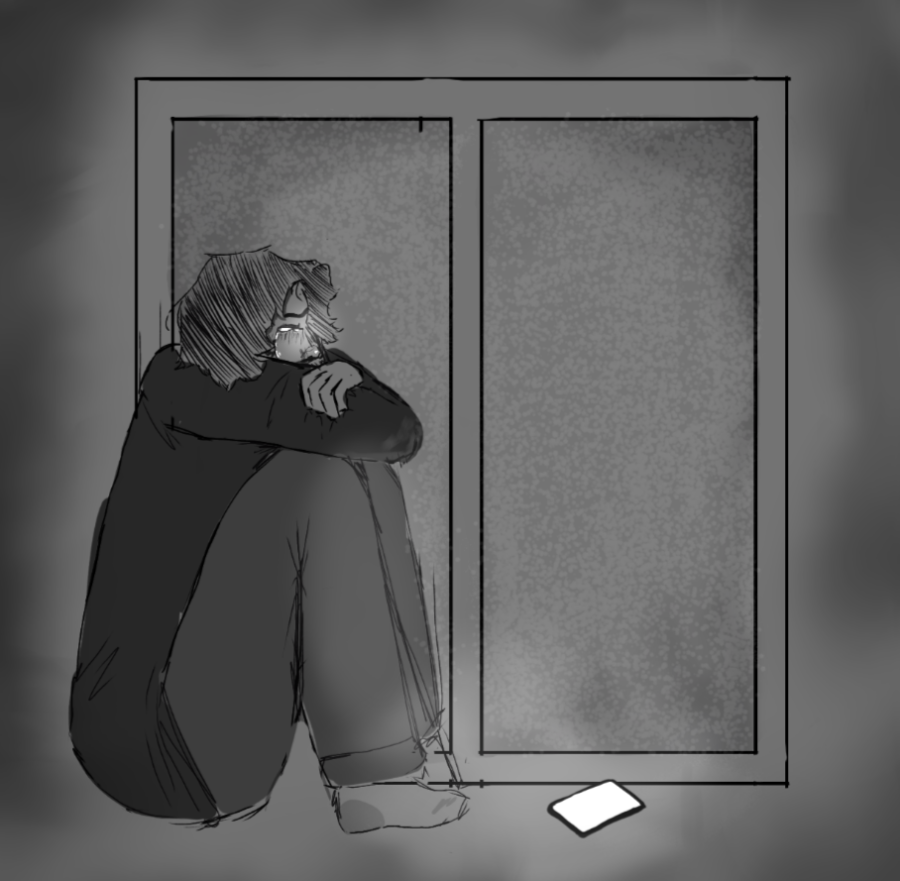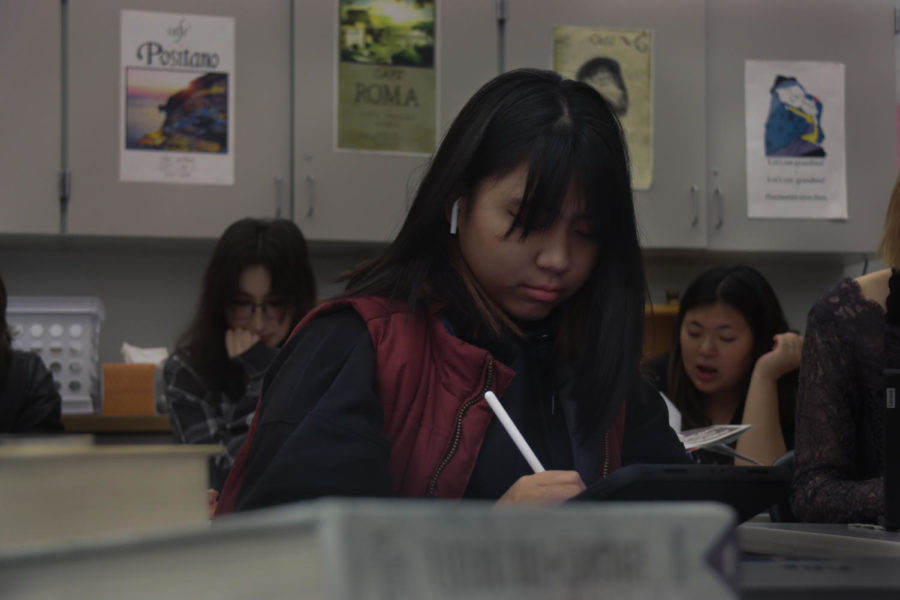I’ll never forget the excitement coursing through me this last year as I sat and listened to “Avatar: The Last Airbender” on Netflix using audio description. A majority of the time, when movies or shows become popular, I can’t help but feel left out.
When most people sit down to watch something, all they have to worry about is enjoying the story in front of them. For me, watching a show usually leads to a myriad of questions in my mind.
Who is speaking? What are they doing? All I hear is music; what’s happening?
When you can’t see, movies and shows can be extremely difficult to process. In recent years, streaming services like Disney+ and Netflix have begun adding audio description to most of their content in order to make shows more accessible to the blind. When turned on, audio description narrates what is happening on the screen in between dialogue, doing its best to fill in the gaps that arise as a result of not being able to see visual information.
I had heard about Avatar from friends in the past. “There’s this character who is blind and she reminds me of you,” they’d gush.
A character who was blind and hadn’t ended up that way to serve as a punishment for an evil deed? I was shocked. For years, books had served as both my windows and my mirrors, but never once had I met a blind character who I could relate to. Now, to think a show had one was fascinating to me.
For months, I desperately checked the audio options, hoping audio description would become available, and becoming more and more disappointed when it wasn’t there. Finally, after a year of periodically checking and praying, I found it, and I began an adventure that would show me the true importance of representation.
The moment Toph was introduced, I felt as if a version of myself was staring at me. Blind since birth, Toph had been raised by extremely overprotective parents who sheltered her as much as possible, believing that she wasn’t capable of fitting in with society. What they didn’t know was that their daughter could Earthbend (move the earth in any way she wanted) better than anyone, and even though she couldn’t see, her Earthbending talent more than made up for it.
She was sassy, determined and independent, characteristics I had never seen portrayed in a blind character before. From her casual self-deprecating jokes to her unwillingness to let anyone tell her what she could and couldn’t do, I saw myself in her, and in many ways, she represented the portrayal I was subconsciously seeking.
“Avatar” is considered to be a cartoon, making it accessible to people of all ages. It makes me overjoyed to know that when little kids meet Toph, they get to see someone who is bold, strong, independent and happens to be blind. When people meet Toph, it feels like they’re getting to know me in a small way too, because she represents a part of who I am.
Ever since I started working as a journalist, I’ve always known that representation is important. However, I don’t think I truly understood why until I experienced what it felt like to see myself in a character.
Several months after I watched “Avatar,” I found myself representing the state of Washington at the Al Neuharth and Free Spirit Journalism conference. Founded by Al Neuharth, the conference brings together the top student journalists of the nation for a week of learning, networking and growth.
In the five days we spent together, my fellow scholars and I heard from a Freedom Rider, an executive editor for USA today, and the anchor of CNN’s Inside Politics Sunday, among many others. While each presentation was unique, one theme came up repeatedly. Diversity.
No matter what topic was being discussed, every presenter made sure to emphasize the importance of having a diverse newsroom to ensure that the community as a whole was represented in our work. “Does your newsroom reflect your community?” they asked.
As I pondered this question, I realized that my work as a journalist has the power to do for you what “Avatar” did for me. I have the power to make sure that you, our readers, see yourselves in this paper and feel heard, just like I felt when I met Toph.
This year, I have the honor of serving as co-editor-in-chief of the newspaper alongside my dear friend Nico Francois. They are talented, determined, hard-working and they happen to identify as nonbinary.
Ever since Nico came out to me in late February, we have had a lot of conversations about representation and what inclusion truly looks like. Through those conversations, I’ve learned so much from them, and their story has taught me how much I still have to learn to help create a more inclusive world. They’ve shown me that the little things that we do can make a huge difference for someone else, and we all have the power to do our part.
When I look at our newsroom staff, it gives me hope to know one of our lead editors can proudly identify as nonbinary and that the rest of our staff represent so many different backgrounds. This gives us a better perspective into our community, and helps us do our jobs more effectively.
However, there is always more room for us to grow. The only reason we do what we do is for you, our readers. Therefore, this year, we want to make sure we represent you.
In order to make that happen, we need your help. Tell us what you want to see in the paper by submitting story ideas at www.thehawkeye.org, follow us on social media at MTHSHawkeye, write a letter to the editor to tell us what is on your mind and come by room 130 anytime after school to just say hi. We want to hear from you.




